Expand your dessert repertoire by learning about these Middle Eastern desserts or sweets that are exclusively made from paper-thin phyllo pastry
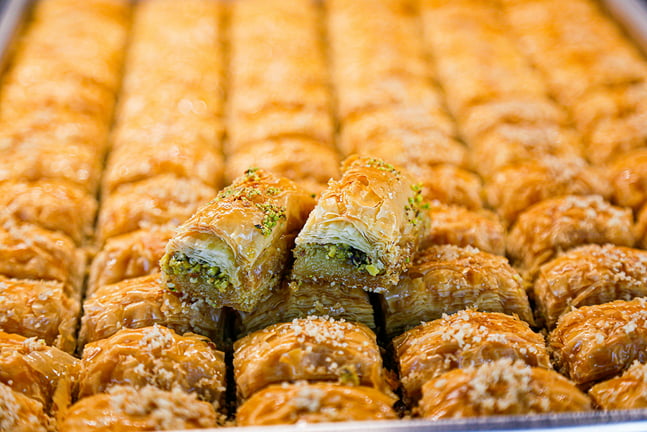
Sounds familiar, but can’t exactly place it? Let us take you through this special dough that makes for some of the best sweet recipes in the world. If all roads lead to Rome, phyllo pastries trace their origin back to medieval Turkey, around the 11th century. It’s extensively used in Middle Eastern and Mediterranean desserts and today you’ll find them in most supermarkets sold frozen alongside other pastry crusts and shells. Let’s kick off the tour with the home country Turkey itself which has several varieties of sweets that range from downright naseatingly sweet to the lighter varieties that aren’t that sweet.
1. Baklava
The most well-known dessert or rather sweet from the Middle East is the baklava which uses thin phyllo dough that is deftly wrapped around finely chopped nuts and bathed in a thick, sweet syrup that depending on the region varies in flavour, also the nuts used as a filling. It's said to be of Assyrian origin coming from the 8th century. From there it spread to Greece said to have been made by Turks who settled there, and the country soon adopted it as their own, but at its heart, it remains a Turkish dessert. The nuts vary from pistachio, walnuts or hazelnuts, while the sugar syrup commonly uses lemon rose water, orange blossom water, cinnamon and/or cardamom. You will find this sweet across pastry shops, to being sold by street vendors in most Greek and Turkish colonies.
2. Güllaç
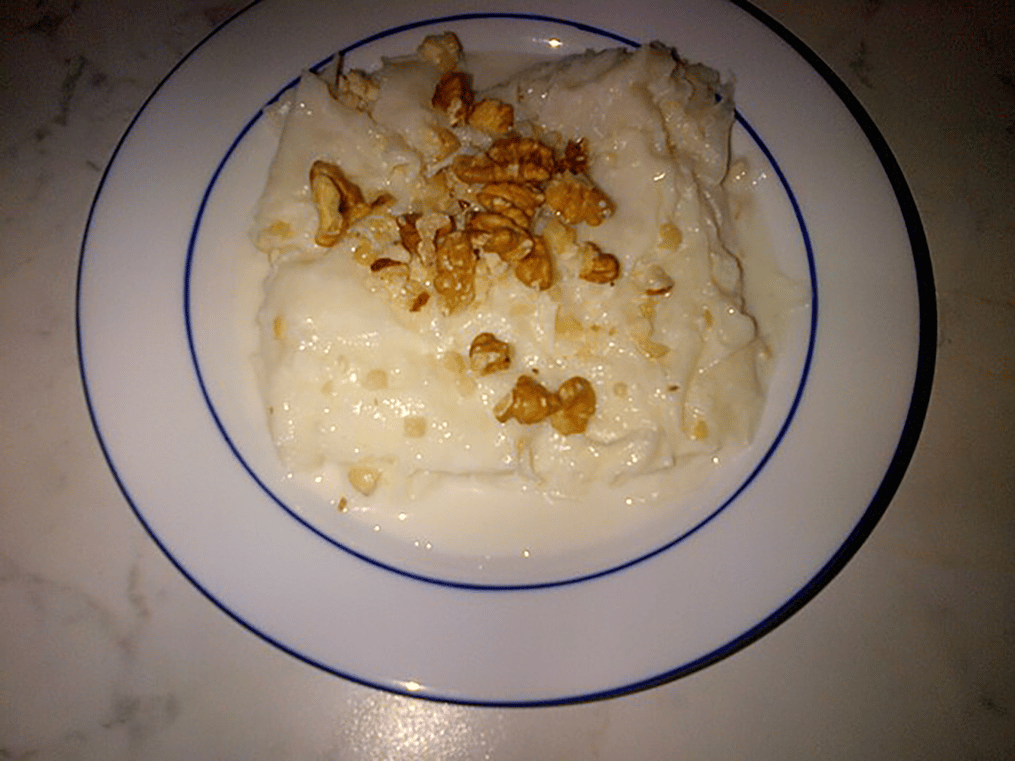
The hallmark of this dessert is the rosewater-scented milk used to soak the phyllo pastry layers. It is usually made during the holy period of Ramadan and dates back to the 15th century whose name translates to “rosy dish”; it was prepared during that time, especially for circumcision ceremonies observed by people of the Islamic faith. The dessert's layers also encase a nut filling which could be walnuts, hazelnuts or almonds. Since it's soaked in milk this dessert is a great alternative to the sugar-heavy phyllo pastries.
3. Antakya künefesi
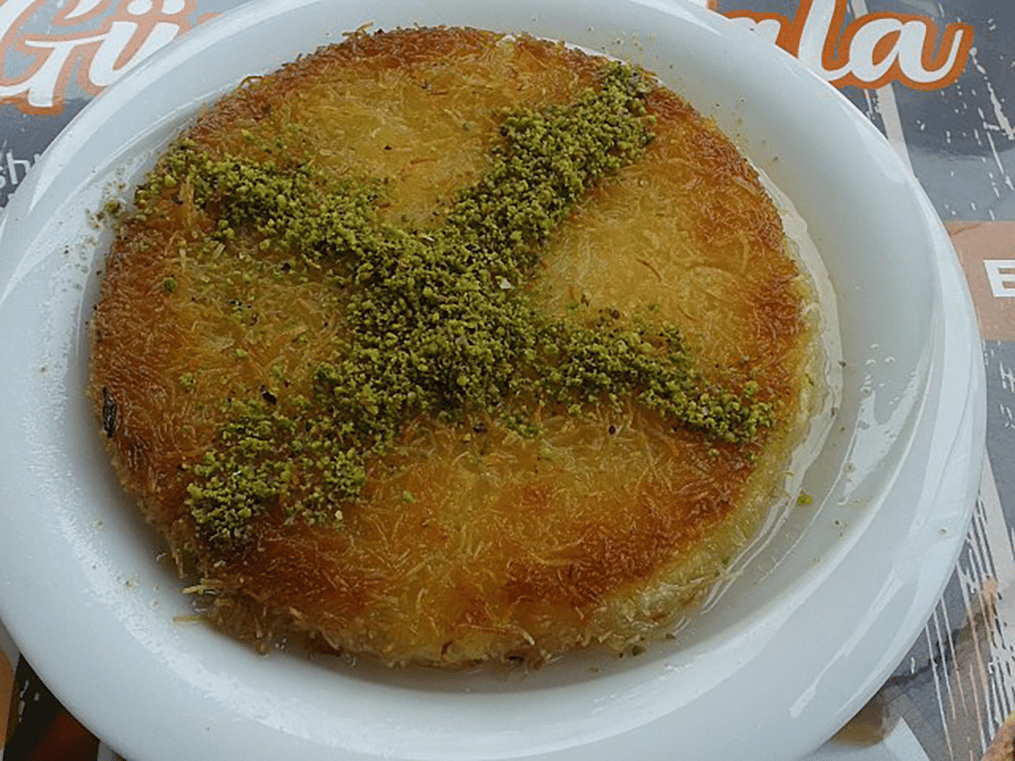
A spin-off of the famed kunafa, Antakya künefesi is from the ancient Turkish city of Antalya, with roots in the Ottoman Empire. It's also made from shredded phyllo pastry reduced to thin strips and filled with creamy unsalted cheese and this is topped with another layer of the shredded dough. It's baked on both sides, unlike the usual knafeh that is baked only on one side. Like almost every phyllo dough pastry dessert, this too gets doused in sugar syrup. This one uses lemon juice in the sugar syrup and is garnished with chopped nuts.
4. Sütlü nuriye
If baklava seemed like an intense sucrose overdose, then Sütlü nuriye will be the perfect Middle Eastern dessert for you. It's lighter than the baklava and has a hazelnut filling and uses a milk-based syrup. It was said to have been invented by a woman chef, called Nuriye who served as a cook in the harem of the Ottoman’s Topkapı Palace. She served it to guests of her family who loved it so much that they wanted the recipe. This was happening around the mid 1700s and there is another version which doesn't really explain how the dessert got its name.
5. Fıstıklı sarma
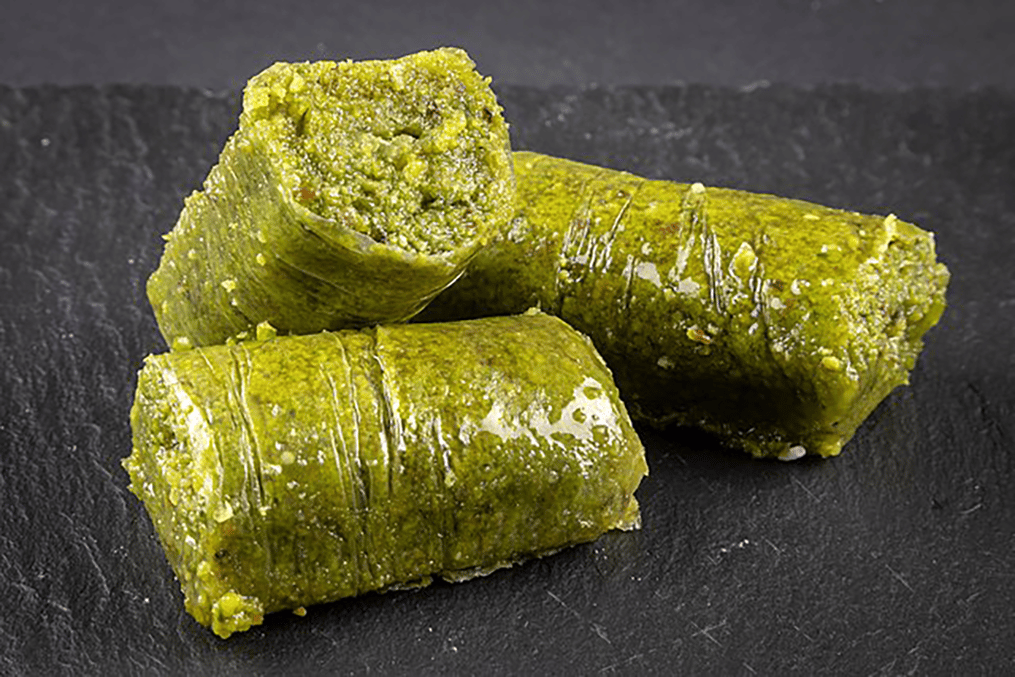
If you love pistachios like the Turks and Arabs do, then Fıstıklı sarma will be nirvana on your tongue. The whole dessert is just smooth pistachio paste, called fıstık ezmesi, or pistachio butter. If you're familiar with marzipan, then this is similar, in look only, the taste is a different story. It's made using the famed Gaziantep pistachios, whose season begins from September. This delicious pistachio butter is wrapped in a single layer of phyllo pastry sheet, hence the name, which means pistachio roll or wrap. The single layer turns translucent and effectively holds the paste in itself.
6. Bülbül yuvası
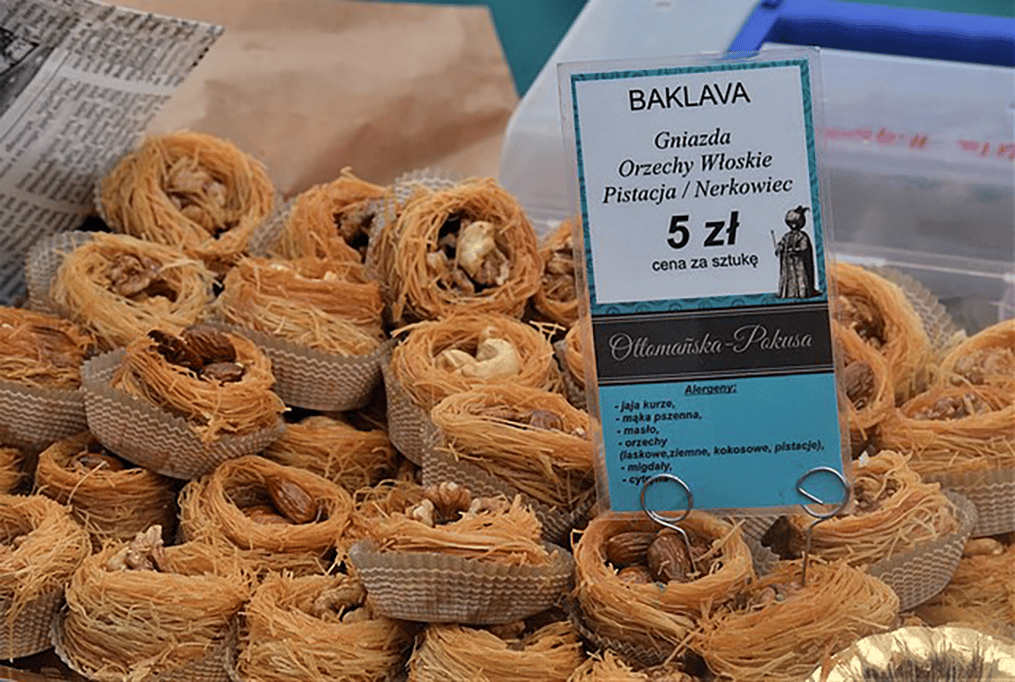
This is an aesthetically pleasing dessert made with phyllo dough that is shaped into rings and filled with ground pistachios; it could also use walnuts, almonds, or hazelnuts. The name is meant to refer to the nest of the Bülbül bird, a kind of nightingale with a melodious song-like bird call and the dessert is said to look like this bird's nest too. Like most Middle Eastern pastries, this one too is doused in a lemon-infused sugar syrup.
More Like This
Popular Articles




Trending Web Stories
Curated Recipes

















